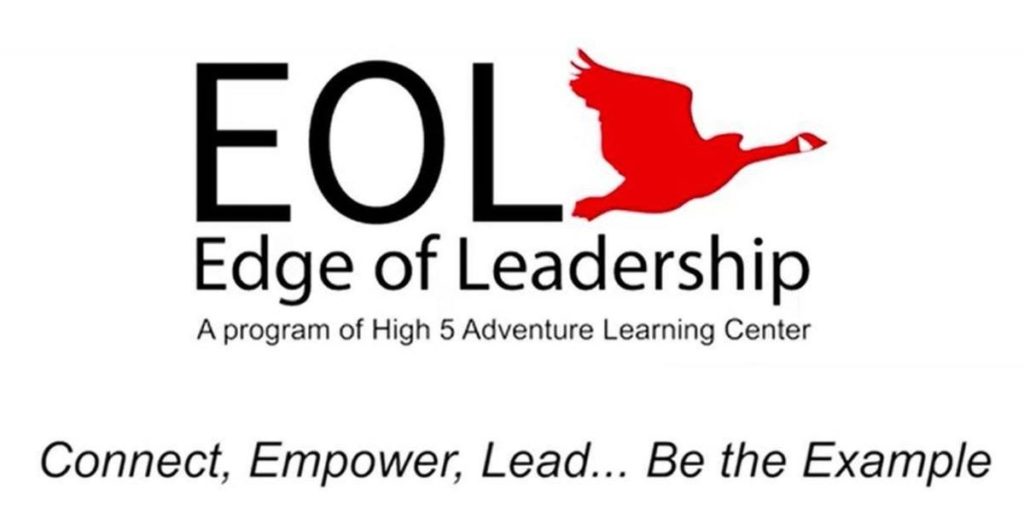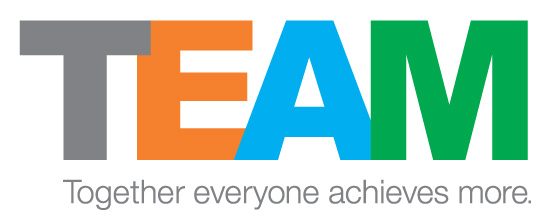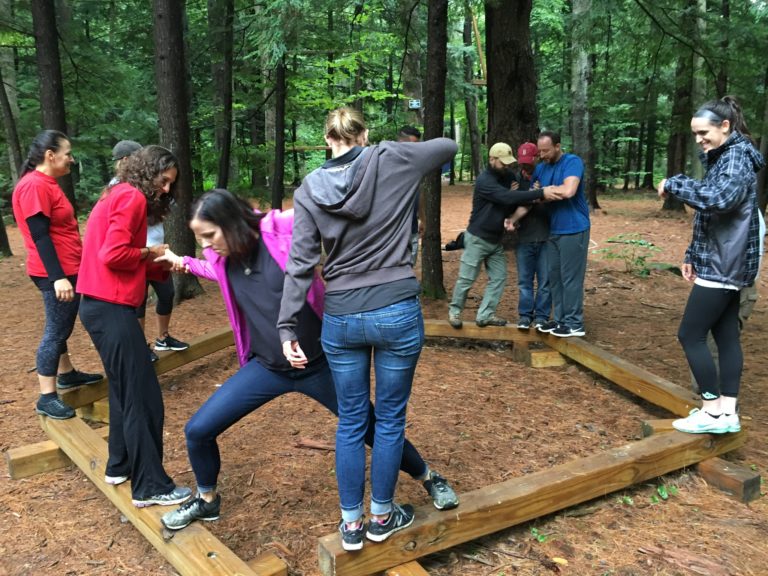The 3 Essential Pillars of Corporate Culture
By Jim Grout
Corporate observer Simon Sinek’s TED talks—How Great Leaders Inspire Action and Why Good Leaders Make You feel Safe—provide interesting insights into the role leaders play in shaping and maintaining a positive and effective corporate culture. As Sinek observes, ‘Your company doesn’t have a culture, it is a culture.’ At High 5, Sinek’s remarks are music to our ears, because 20 years ago we recognized that our greatest asset, and to some degree, the strength of our business model, is our culture. We believe that the power of any organization lies in discovering the leader within each individual. Our motto is Connect. Empower. Lead…be the example. These are the essential qualities of every successful leader—from CEO to mailroom clerk—and together they shape the foundation for corporate culture. When the culture is sound, then the sum of the parts really start to hum as a whole. It all starts with building trust.


Components of Developing a Positive Workplace Culture
As Sinek notes, companies are cultures, meaning that the way corporate teams see their mission, understand the role each member plays in fulfilling that mission, and know, respect and value those -diverse contributions is the result of an internal dynamic, not some ‘cookie cutter’ management formula purported to reflect best practices. This is ultimately an organic process that invites synergy into the workplace. And where there is synergy, there is inherent momentum for organizational change. The focus should be on the interpersonal dynamic that creates a great team and, in turn, shapes a successful culture. Together everyone achieves more, (TEAM) is an acronym commonly used on sports fields, and although it sounds trite, it’s applicable and highly effective in the business sector too, where goals are only reachable by tapping into the full potential of each team member. That’s been our approach for 20 years, and we know it works for all types of organizations.
The Essential Pillars for Success
There is literally any number of approaches to building or changing a corporate culture —depending on your patience, you can choose from six to ten to thirty-five steps to accomplish your goal. However many steps in the formula you choose, these three things must be present:
- The environment must empower trust at all levels.
- Connections between team members must be nurtured.
- The team must share a common vision.

High 5 has worked with a wide range of corporate groups—each with what they viewed as unique needs and expectations—and in each case effecting change was based not on imparting corporate goals and strategies, but on opening up channels for people to form connections with their colleagues and to intuitively discover the greater strength that comes with being part of a team. Our approach doesn’t discount the importance of goals and strategies that impact the bottom line of a business – those directives are paramount to success as well. But creating a strong workplace culture that motivates all employees to be part of an exceptional team is critical to long-term success. How does one get started on building a culture that is team centered?
The best way we have discovered to approach team and culture building is to engage employees with adventure-based activities that encourage reflection and, frankly, feel more like play than work. Participating in activities that are outside the context of work allows employees the freedom to relax, shed their office armor, and have fun, to be present in ways that encourage them to be themselves and suspend the personal and professional barriers that obstruct change. That freedom to be themselves can lead to the discovery of enormous untapped talents—talents that can help organizations succeed. As John Mulligan, Vice President of R&D at Autumn Harp put it, “After…experiencing their skills and expertise, I wholeheartedly agree: there is no one better…in changing company culture.”
How to Get Started
In beginning any cultural change process and in sustaining that new culture over time, the critical first step is to create and foster an environment of trust. Trust affects relationships between
individuals and departments. How individuals see and experience each other and are open to and respectful of differences is central to establishing that environment of trust. Without trust, employees won’t take the risks of being themselves, expressing themselves, or contributing the ideas that can improve every aspect of your work—trust is that important!

The first step in gaining trust is listening with an open mind. Whether that involves CEOs listening to their employees and vice versa, or employees listening to each other. When we listen and feel we have been heard, we can begin to open ourselves to the prospect of change and together shape the positive culture that underlies every successful corporation.
Read about our track record of success stories by clicking here: https://high5adventure.org/team-and-leadership-development/team-development-experiences